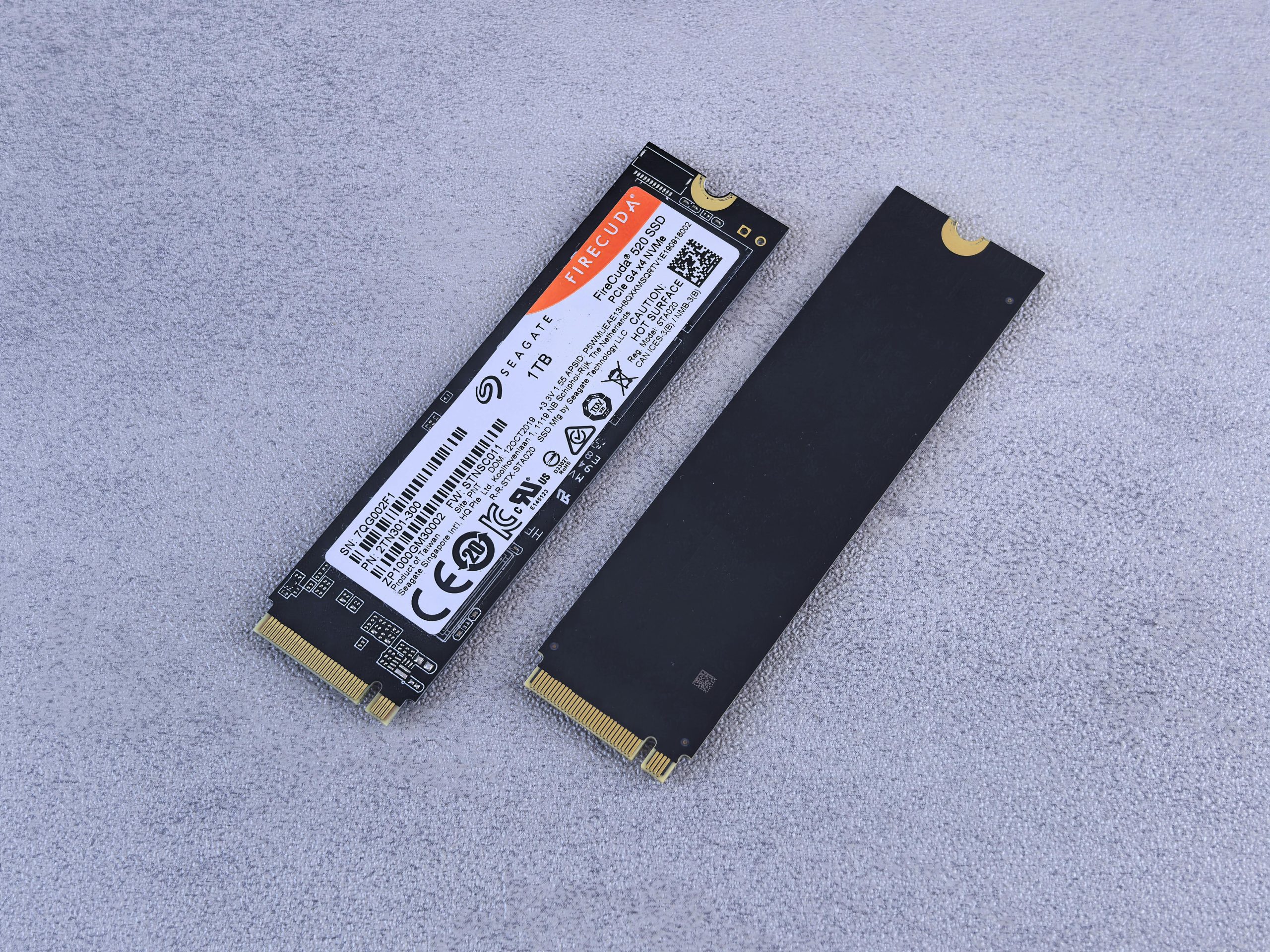Optimizing Your Drive Migration: Cloning 500GB M.2 SATA to 1TB NVMe Gen 4 Boot Drive
Migrating your operating system and data to a new, faster storage device can significantly boost your system’s performance. However, cloning a sizable drive—such as moving from a 500GB M.2 SATA SSD to a 1TB NVMe Gen 4 drive—can present certain challenges, especially when dealing with bootability and BIOS configurations. This guide outlines key considerations and strategic steps to ensure a successful migration.
Understanding the Scenario
System Specifications:
– Operating System: Windows 11 (Version 24H2, build 26100.4946)
– Processor: AMD Ryzen 5 3600
– Graphics Card: Sapphire Radeon RX 580 8GB
– Memory: 16GB DDR4 (2x8GB)
– Motherboard: Gigabyte B450M-DS3H with dedicated M.2 socket
– Storage Devices:
– Source: Western Digital Blue 500GB M.2 SATA SSD
– Target: Western Digital Black 1TB NVMe SN850 SSD
– Additional Hardware:
– UGREEN M.2 PCIe adapter used for mounting and cloning
The Cloning Process and Challenges Faced
The user attempted multiple cloning strategies, utilizing different tools and partitioning schemes:
– Cloning with DiskGenius formatted with MBR
– Cloning with Macrium Reflect using GPT partitioning
– Forensic cloning with DiskGenius using specialized techniques
Despite these efforts, the cloned drive resulted in boot errors, prompting investigations into BIOS configurations and cloning methodologies.
Key Considerations for a Successful Clone
- Partition Scheme Compatibility:
-
MBR vs. GPT: Ensure the target drive’s partition style aligns with your system firmware (BIOS or UEFI). Modern systems favor GPT for UEFI boot mode.
-
Cloning Methodology:
- Use reliable cloning software that correctly copies both data and boot partitions.
-
For UEFI systems, ensure the EFI System Partition (ESP) is correctly cloned and marked as active.
-
BIOS Settings:
- Verify that BIOS is configured to boot in UEFI mode if the target drive uses GPT.
- Disable Secure Boot temporarily during cloning and first boot attempts.
-
Set the correct boot order, prioritizing your NVMe drive.
-
Cloning Best Practices:
- Clone the entire disk, including system
Share this content:



